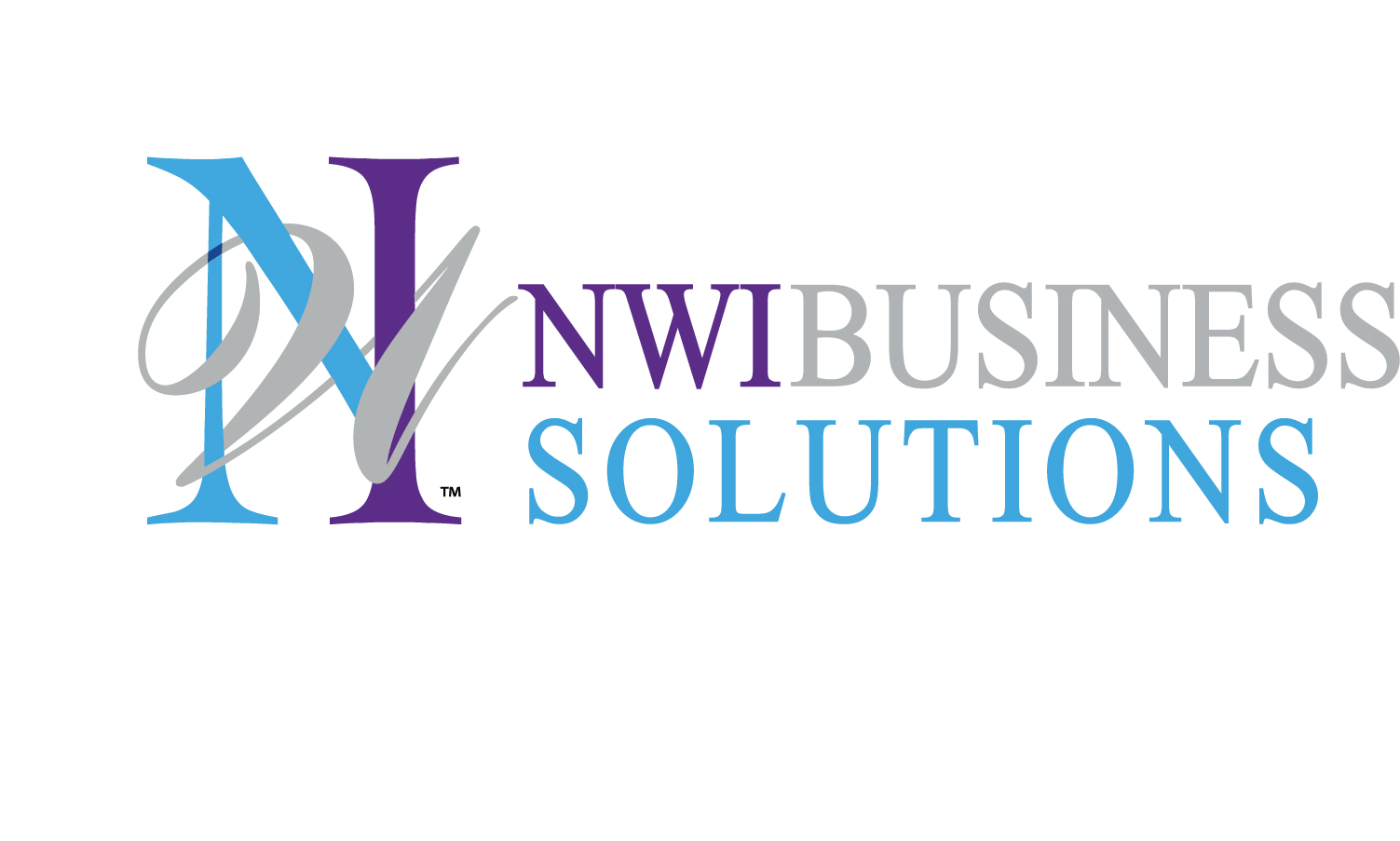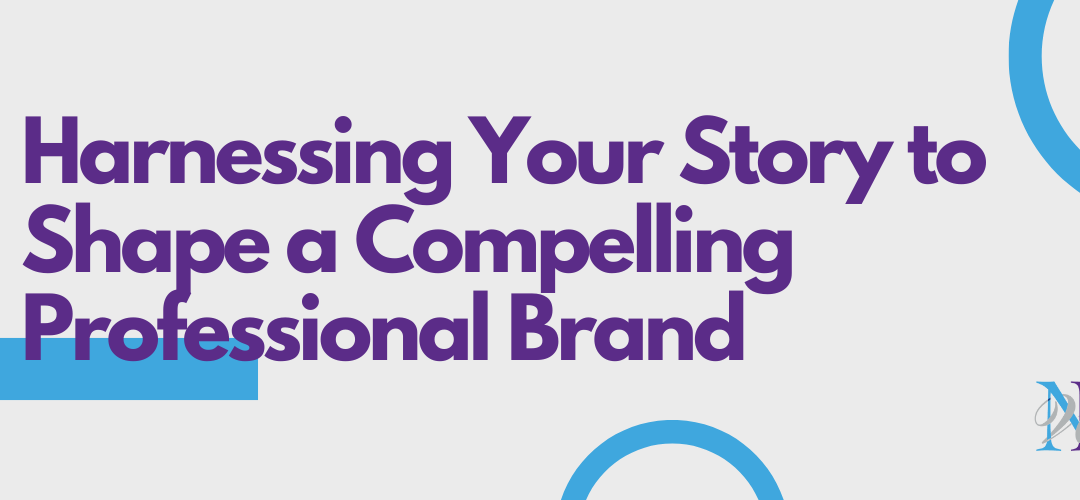Learnings from corporate brands to executive brands
Identifying your strengths and the problems you are passionate about solving, requires introspection. This process is the first chapter in the story of your unique brand narrative. Self-awareness becomes the foundation of a branding strategy that can propel your business or career forward in the same way that a company’s brand propels the company forward.
The Convergence of Personal Insights and Brand Presence
In business, branding is the blueprint that guides how companies and individuals present their values and vision to the world. For industry leaders and executives, it’s crucial to weave strengths and value propositions into both personal and corporate branding. This delicate balance encourages individuals to learn from best-in-class industry branding and shape a personal brand that has an impact and resonates.
Consumer brands are renowned for their compelling storytelling, such as in food and beverage, cars, athletic wear, and electronics– companies have woven their narratives into people’s daily lives. It isn’t just their products but their commitment to innovation, inspiring design, and exceptional experiences that set them apart.
The Personal Brand Journey: Leveraging Your Unique Strengths
Similarly, your personal branding is about recognizing and highlighting your unique talents and expertise with an emotional appeal. Then you can craft an authentic identity that reflects your value in the professional world. It’s not merely about listing roles and accomplishments but about highlighting your distinctive approach to leadership, innovation, and value creation. This can then be told in multiple channels such as in social media profiles, key talking points, a resume, or a professional bio.
To start, create a blueprint for your brand:
- Identify and articulate your unique value: The initial step in brand building is identifying what you excel at and where you want to have an impact. Similar to how a corporation articulates its mission, your brand should be grounded in your unique strengths and how they translate into added value for your audience.
- Consistency: Just as a company’s consistency in its offerings ensures recognition, your brand should consistently reflect your strengths across all audiences and engagements. This helps build a cohesive and recognizable professional identity.
- Engage by sharing your strengths: Leading brands connect with their audiences by showcasing what they stand for and can deliver. Similarly, you can engage your network by sharing stories of how your expertise has helped organizations, individuals, and the results achieved.
- Adapt your story to the changing market: As you track trends and changes in your industry, consider how you can address new challenges or opportunities. This agility in showcasing your evolving expertise will keep your brand relevant and dynamic to rise above specific business conditions and adapt to the needs of your audience.
Strategies for Branding by Scenario
Here are a few examples of applying your brand and storytelling:
- Starting a new role: Outline the strengths you bring to the position and the impact you aim to make. Your brand should reflect your unique approach to leveraging these capabilities for growth and innovation. Communicate that early to stakeholders and ask for feedback.
- Seeking a new role: If you are interviewing or applying for a new role or contract, highlight the differentiators that set you apart and how they align with the needs of the organization. Demonstrate how you will add distinct value to the companies you would like to join.
- Transitioning to a new industry: Use your capabilities to illustrate how you can seamlessly integrate and add value in a new sector. Innovation is driven by new insights and perspectives coming together. You can bridge the differences by providing solutions in a new way.
- Leveling up your game: Your brand is not something you ‘update’ when seeking new business or a new position. It is a constantly evolving story about the lead character in a starring role to help companies. Your story will reflect how your strengths have contributed to your professional development and exemplify your commitment to continuous improvement. Specific case studies and results are a great way to make this tangible with proof points.
Putting it all together
Developing a personal brand that truly reflects your strengths and value requires insight and a strategic approach.
Companies have entire Marketing teams, a full suite of tech tools, and many partners to help tell their story. For you, it could be a full branding exercise, or you may just want to have someone in your corner to help articulate your story. Your professional brand can showcase your strengths and unique capabilities with an impactful and memorable identity that gets you noticed.
Let’s discuss your story in a busy digital world. Connect with us here to discuss your personal branding goals: Book a call
Author:
Heidi Hattendorf is a key partner to NWI and part of the NWI team. She is a Marketing Strategist who helps companies with their GTM, marketing and positioning strategies. She is a business coach who helps companies map profitable growth and scale.



Recent Comments